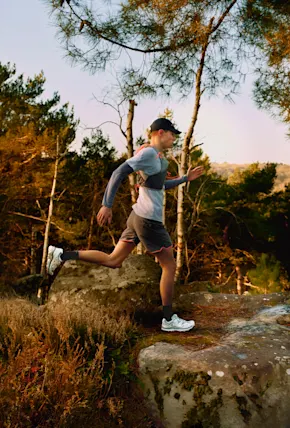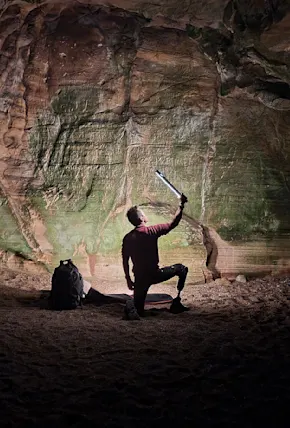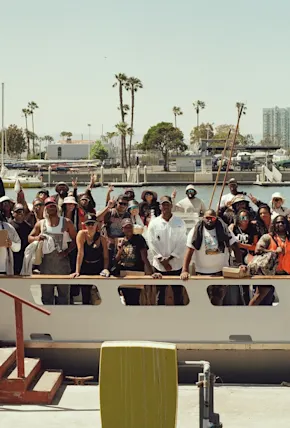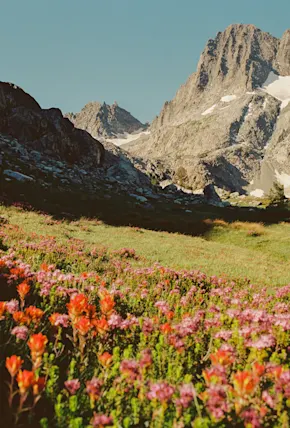“There’s nothing more convincing than walking through a dying forest,” David Buckley Borden tells us during a recent phone conversation. The Harvard educated multidisciplinary artist and designer is midway through explaining the purpose of Hemlock Hospice, an ongoing site-specific installation art project telling the story of the demise of the eastern hemlock tree at the mouths of a tiny invasive aphid-like insect from Asia, the hemlock wooly adelgid. The project blends Borden’s lifelong appreciation for the landscape with his more formal interest in using accessible design to educate the masses. It’s also the reason for our call, and this article.
“The thing with an invasive insect is, it’s kind of a slow burn. But it’s no less critical, Borden continues. “Not everything in terms of climate change is going to be a big kind of phenomenon. So if that means we need to make some artwork to get people interested out there, let’s do it.” And that’s exactly what he’s done, with the aid of Senior Ecologist Aaron M. Ellison and a team of interdisciplinary collaborators at the Harvard Forest.
Growing up in New England, Borden often spent summers exploring the east coast with his parents and three brothers in the family van. The trips encouraged a connection to nature from early on, which eventually led to a masters degree in landscape architecture, and a stint as a professional in that space for a number of years before redefining his practice as an artist and designer.













